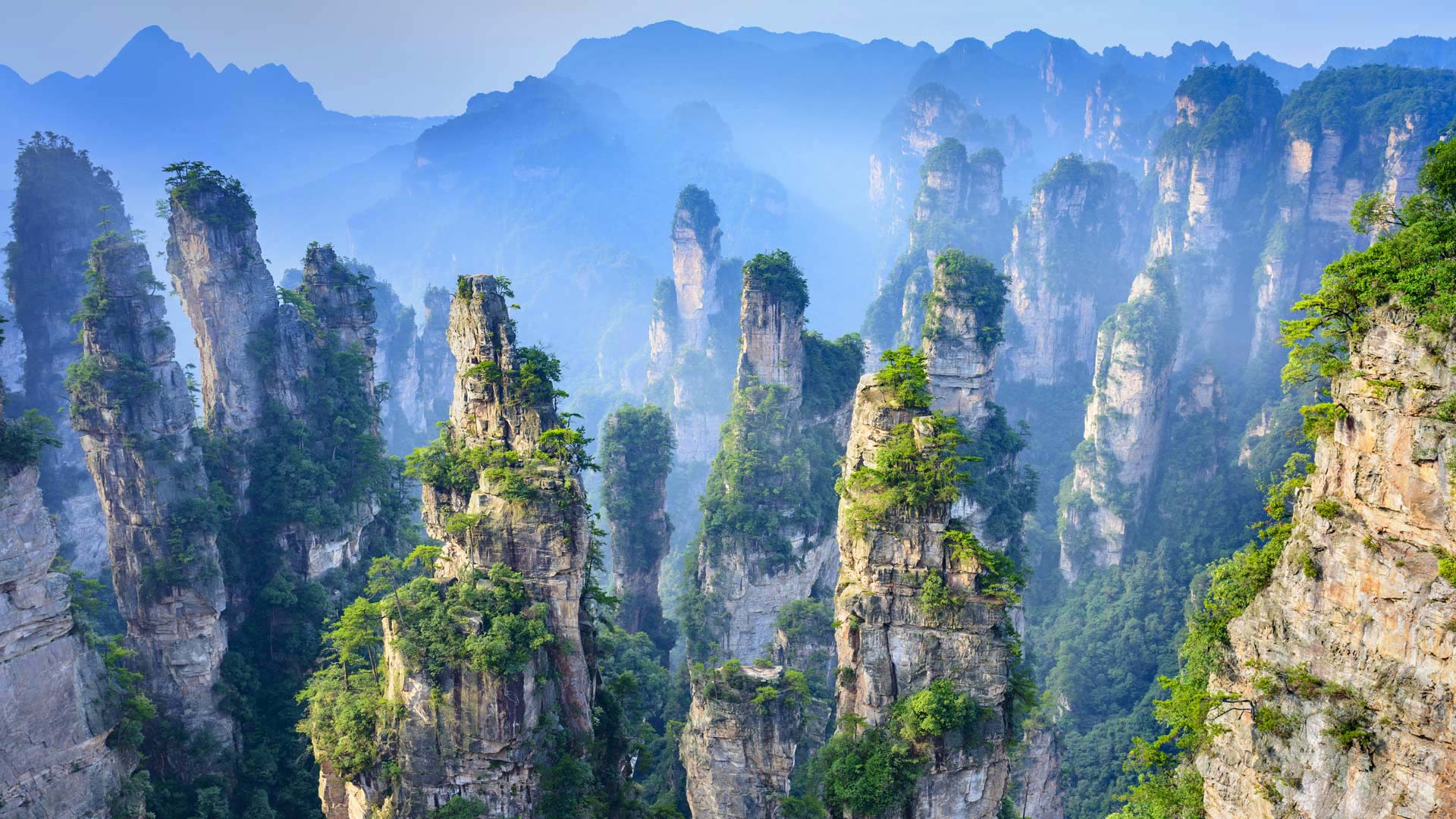
Top 10 China Eco Destinations that will Take Your Breath Away, Literally
15 Jul 2019
Thanks to its massive size and varied geography, China has a varied geography and climate. From the soaring peaks of Yunnan to grasslands of Inner Mongolia, these significant and sustainable destinations are winning the battle between development and conservation. Is it possible to limit a list of China's superlative eco destinations to a mere 10? Not really. So, we curate a list of only the top 10 eco destinations that will take your breath away, literally.
Mount Huang Shan, Anhui
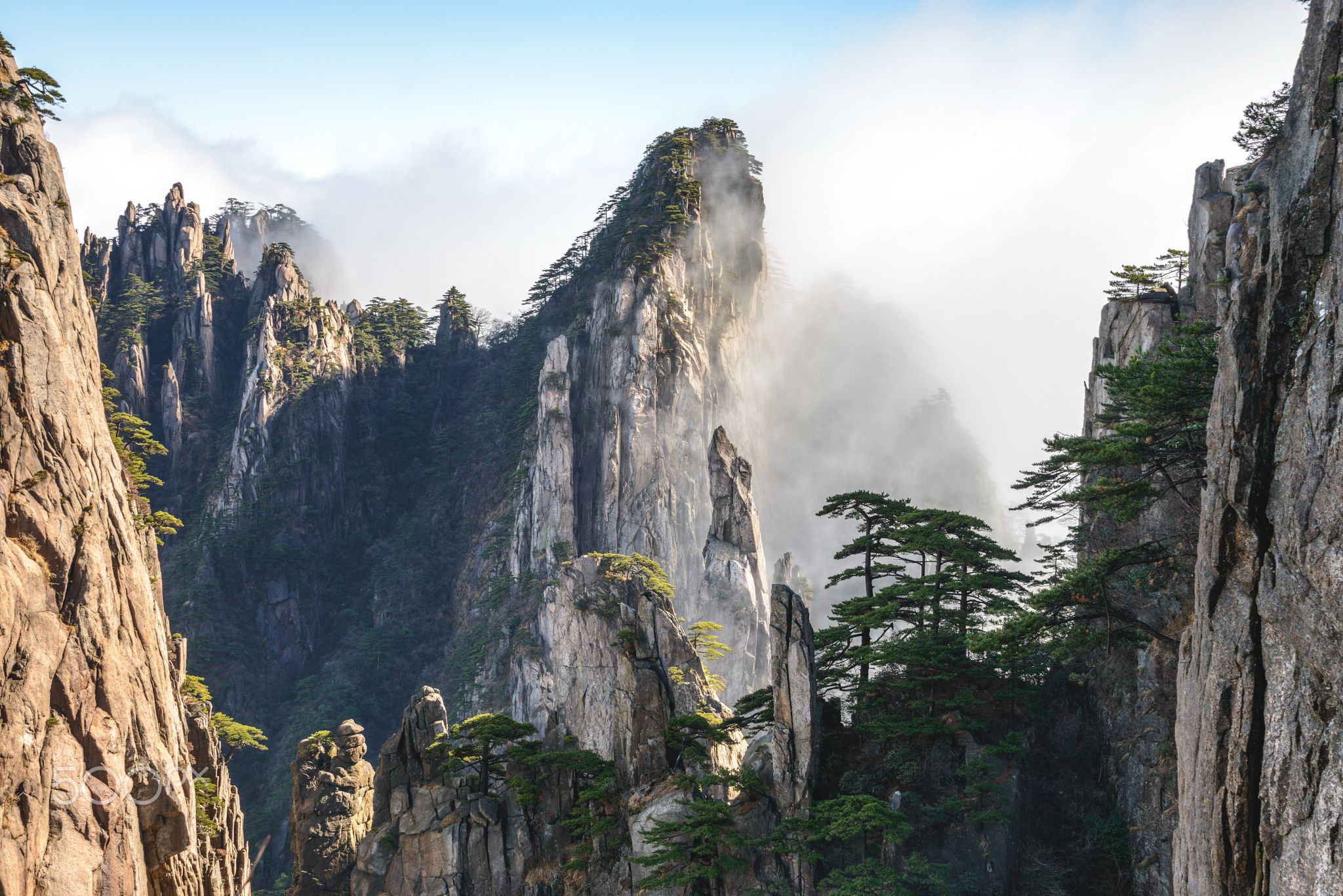
Renowned for its oddly-shaped granite peaks shrouded in mist, tall pines and misty clouds, the phantasmagoric beauties of Huang Shan has been inspiring artists and poets for generations. A pilgrimage to Huang Shan — the name means Yellow Mountain — has long been a goal of many Chinese. Huang Shan looks beautifully Zen, just like a classical Chinese ink wash landscape painting sprung to life. Since 1989, Huang Shan has been working on a closure rotation system for its most frequently visited scenic spots in order to protect the area’s rare species such as lions, and to allow soil and forest to recover and grow, pushing Huang Shan towards a more sustainable tourism destination. In 2000 Huang Shan was selected as a United Nations World Tourism Organization (UNWTO) Sustainable Tourism Observatory, one of the only 21 locations worldwide that are committed to regular and timely measurement of tourism at destination level, and in 2017, the area became the first Chinese National Park to achieve EarthCheck Silver Certification as a sustainable destination, putting Huang Shan as one of the top destinations for eco tourism in China.
Echoing Sand Mountain and Crescent Lake, Dunhuang, Gansu
The Silk Road routes from China to the west passed to the north and south of the Taklamakan Desert, and Dunhuang lay on the junction where these two routes came together. Dunhuang lies near the western edge of the Gobi Desert, and north of the Mingsha Sand Dunes, making Dunhuang a vital resting point for merchants and pilgrims travelling through the region from all directions. And, now an eco destination not to be missed in China.
The Echoing Sand Mountain is a series of dunes about five km away from the city of Dunhuang and the Crescent Lake is a perennially limpid lake in the middle of the sand dunes. The name of the Echoing Sand Mountain is derived from the echoes that can be heard as the wind whistles across the dunes, often called the “singing sand” phenomenon. On days when a strong wind blows, the fast shifting sand roars; But when the wind is a little more than a light breeze, the sand under your feet just whispers.
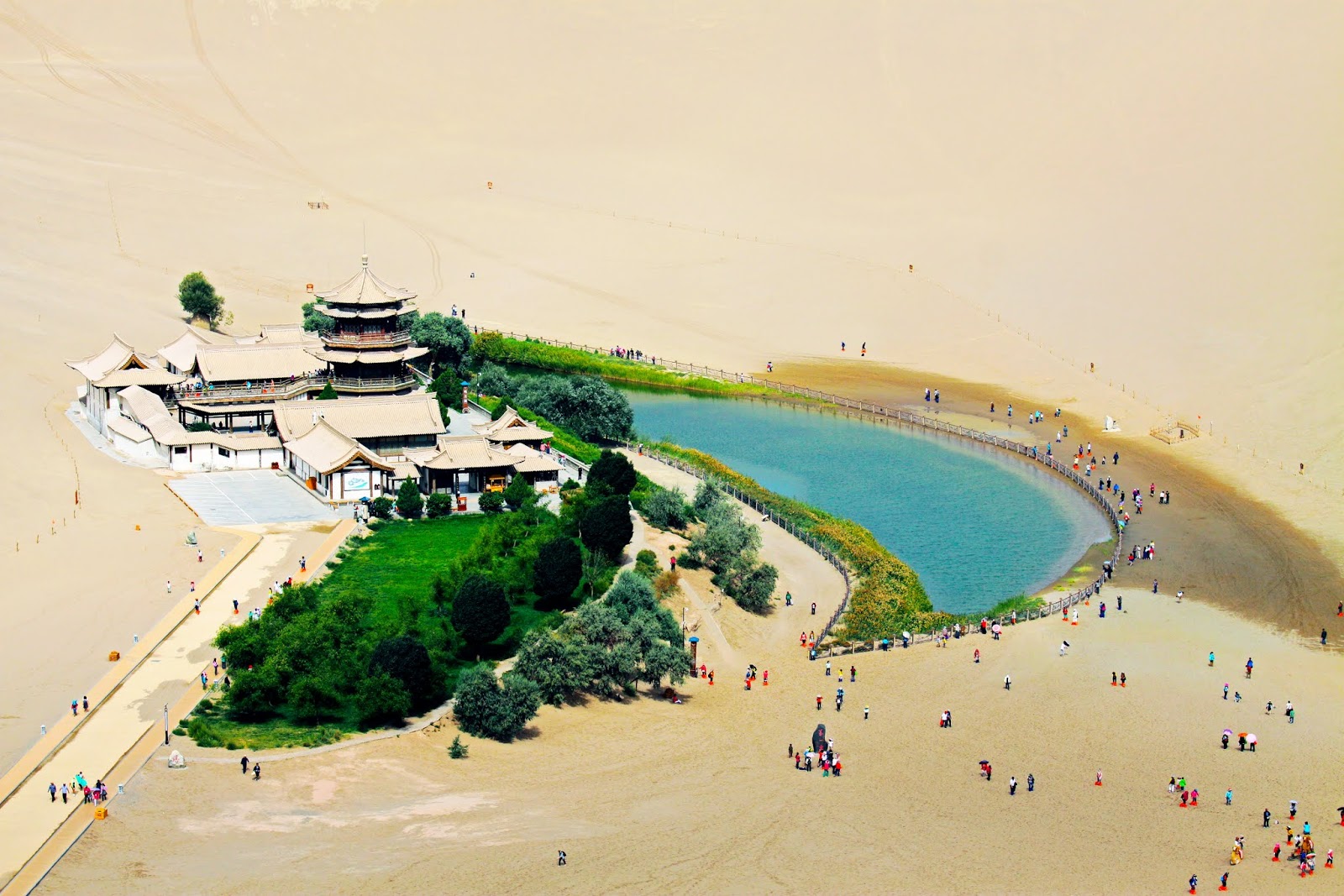
Karakul Lake, Xinjiang
At an altitude of 3,600 meters, Karakul Lake is the highest lake on the Pamir Plateau. Karakul Lake, which literally means “Black Lake” in the local language, is anything but black. Karakul Lake is a sparkling gem of clear, freezing water — whose colour ranges from a dark green to azure and light blue below a magnificent panorama of snow-capped mountains – all offshoots of the Himalayas, Pamir, Tien Shan and Kunlun ranges converge here. Nestled in Kashgar, which was once a remote cul-de-sac set at the junction of the British, Russian and Chinese empires, Karakul Lake is now reachable by flight or train from Urumqi, or via a thrilling ride over one of the world's most dangerous roads, the Karakoram Highway.
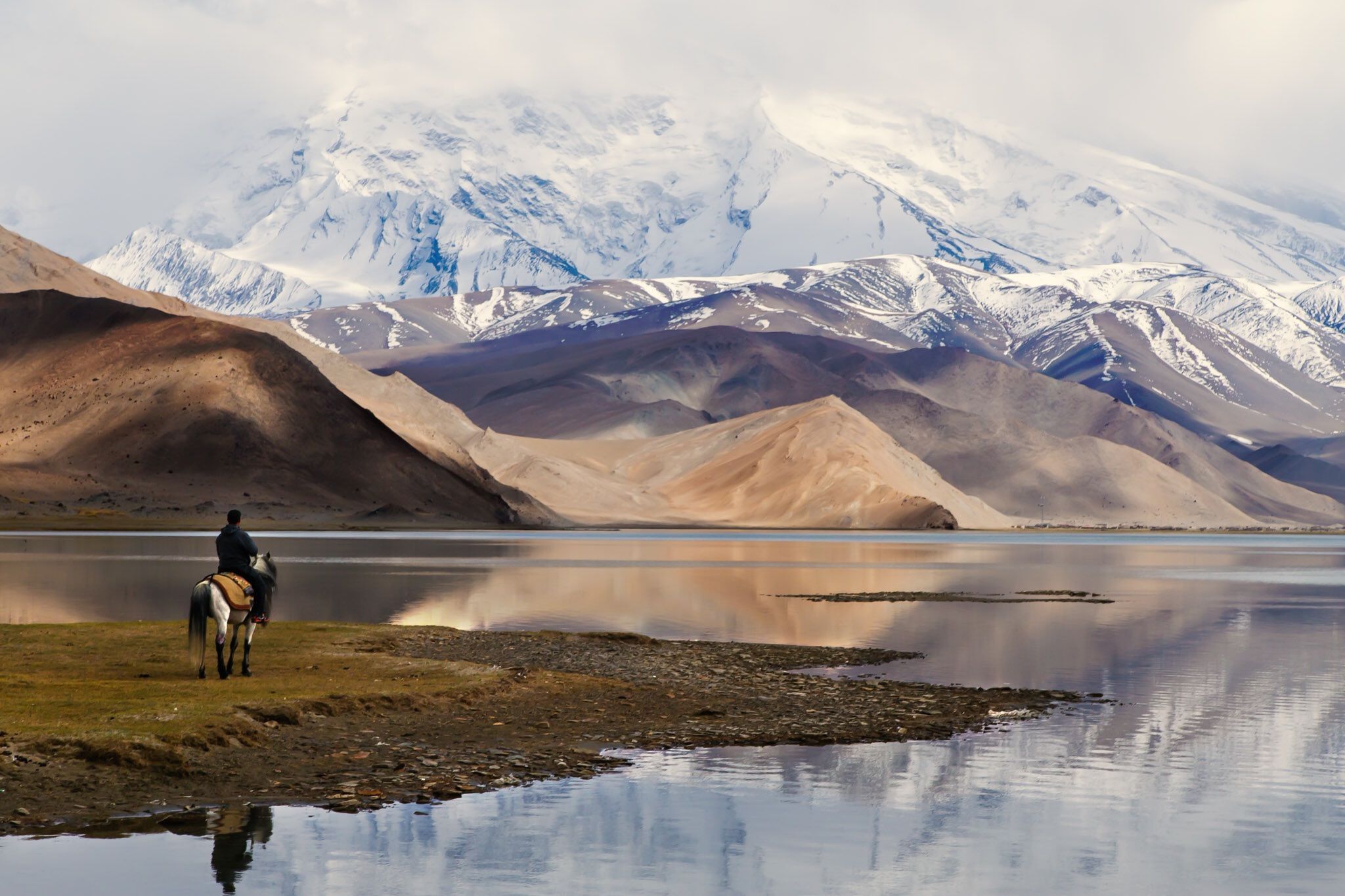
Changbai Mountain, Jilin
Changbai Mountain has been a mystery since ancient times. Located in the south-eastern part of Jilin Province, the remote Changbai Mountain National Reserve is the largest protected area in China and the center of the country’s fledgling ski scene. Made up of more than 500,000 acres of pine forest, Changbai lies along the North Korean border and is the country’s last remaining habitat for Siberian tigers. During the Qing Dynasty, Changbai Mountain was venerated as the Holy Mountain — a birthplace of kings and home of dragons. It was referred to as the Forbidden Holy Mountain, ruled by the imperial governments with access to the mountain restricted for 300 years. Today, this magical place is a paradise open for all travellers.
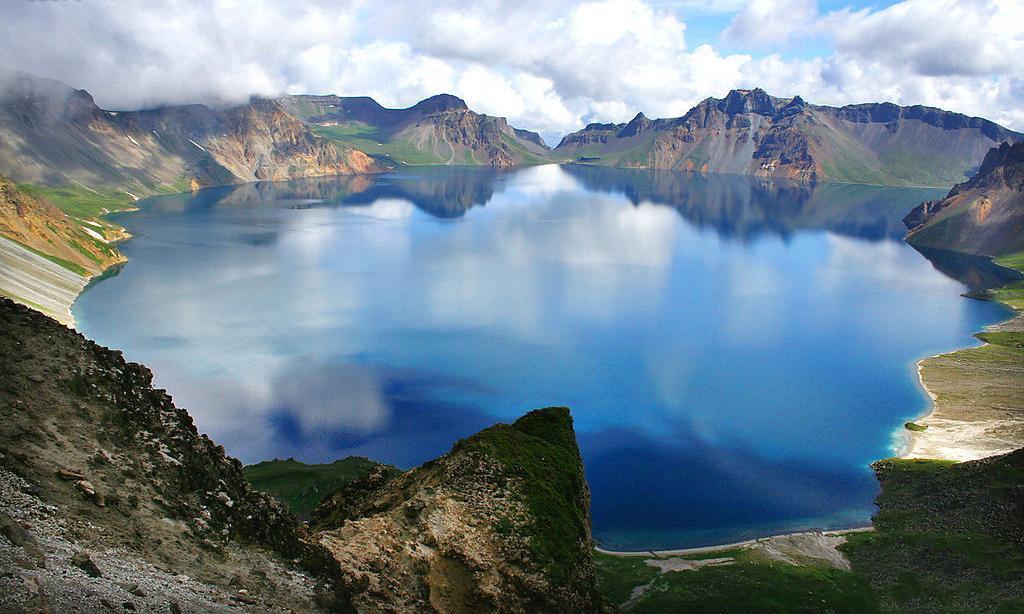
Yangshuo, Guangxi
There is a common saying in China, “Guilin landscape tops those elsewhere, and Yangshuo landscape tops that of Guilin”, well stressed the unparalleled beauty of Guilin and Yangshuo, both in Guangxi and should not be missed by any eco travellers. Guilin boasts its characteristic karst formations, diversely shaped by the weathering and erosion in billions of years. Yangshuo is a riverside town famed for its karst hills and traditional fishing-village lifestyle with water buffaloes ploughing green fields, fishermen drifting on clear rivers. Just take a bamboo-raft ride or rent a bike and take in the stunning countryside and the unforgettable karst peaks in the beautiful Guangxi region.
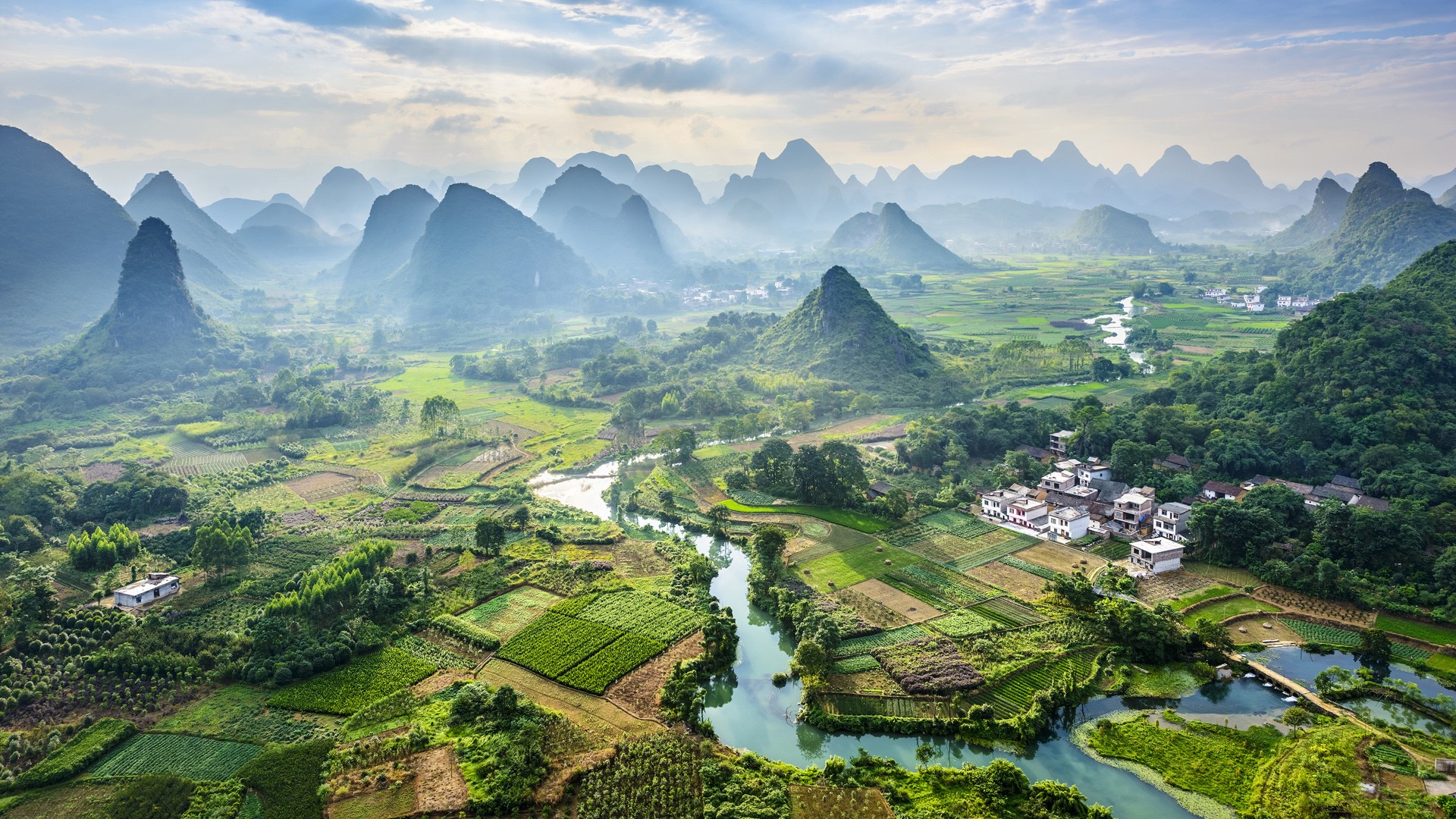
Zhangjiajie, Hunan
Fans of the Oscar-winning movie "Avatar" will recognize the otherworldly landscape of Zhangjiajie. The floating ‘islands’ of Zhangjiajie are just the tip of an immense geological wonder – a vast system of stone pillars rising from the river valleys below. The remoteness doesn’t prevent it from becoming a hot eco destination. Now a UNESCO World Heritage Site and the place where they filmed the ‘hovering islands’ scenes in Avatar, Zhangjiajie is a draw for tourists in its own right. The Zhangjiajie National Forest Park contains the largest concentration of karst rock formations in the world. The peaks shoot up from the thick vegetation which covers approximately 90% of the park, while waterfalls and limestone caves dot the picturesque wonderland. The peaks engulfed with clouds, creating an illusion that the tips of the karsts are floating on air. What makes Zhangjiajie surreal is the blend of spirituality and scenery that permeates each step. Touring Zhangjiajie is a treat for nature lovers and hikers alike.

Jiuzhaigou, Sichuan
Few places on Earth are quite as enchanting as Jiuzhaigou National Park in Sichuan. Jiuzhaigou is lauded as being heaven on Earth by some of those who have seen its crystal-clear lakes, travertine waterfalls and incredible water that changes colour throughout the day. Surrounded by the snow-capped peaks of the Min Shan mountain range, this UNESCO World Heritage Site had previously been a well-worn tourist attraction that could get crowded. A 2017 earthquake, however, caused so much damage that it was closed for reconstruction. It reopened in 2018, but now only 2,000 visitors are allowed into the park each day. While that could inconvenience some, for eco travellers it means far fewer tourists to share this immense and gorgeous destination.
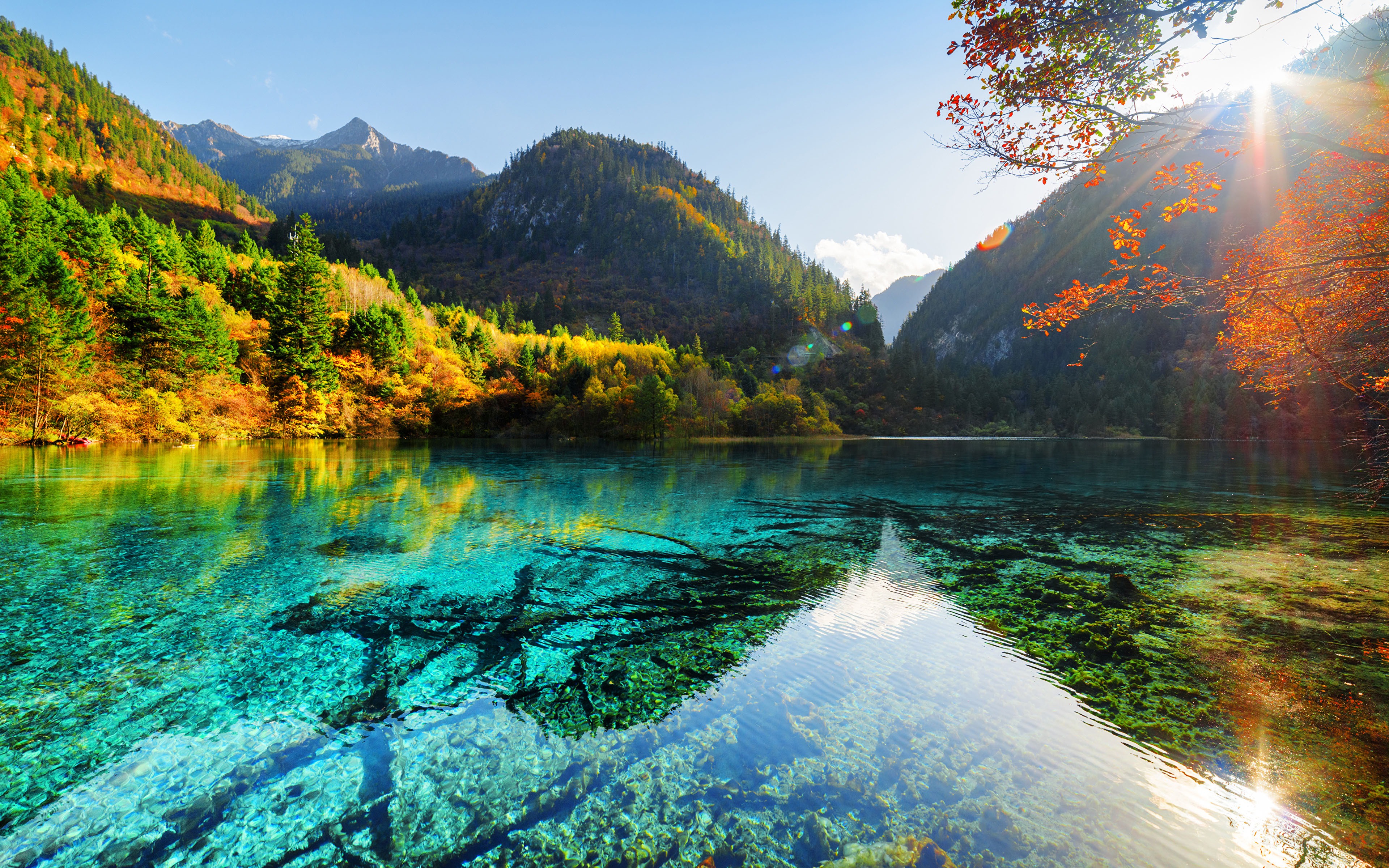
Hulunbuir Grasslands, Inner Mongolia
Hulunbuir is the northernmost region of Inner Mongolia, just west of Manchuria in northeastern China. The grasslands of Hulunbuir seem infinite, covering more than 90,000 square kilometres in a blanket of green. Besides the fascinating legend behind this eco destination, the Hulunbuir Grasslands is positioned at an elevation of between 650 and 700 metres, and offers an unhindered and sweeping views of the lush, emerald and sparsely populated grassy plateau, where camels roam and yurt-dwelling families tend their herds of cattle, goats, and sheep. It’s one of China’s most unspoiled bits of wilderness and the perfect destination for eco travellers.

Mount Kawa Karpo, Yunnan
Culminating at 6,740m, the soaring Mount Kawa Karpo ("White Pillar" in Tibetan) is the crowning glory of the Hengduan mountain range, straddles the border of China and Tibet, and is regarded as a sacred mountain by Tibetans. Also known to the Chinese as Meili Snow Mountain, tens of thousands of Tibetan Buddhist pilgrims perform an arduous 240km circuit along the kora – the route around the mountain's base. The surrounding jagged peaks and deep gorges around this magnificent and defiant Mount Kawa Karpo, dotted with colorful Tibetan temples festooned with prayer flags, make the region one of the most beautiful and untouched in China.
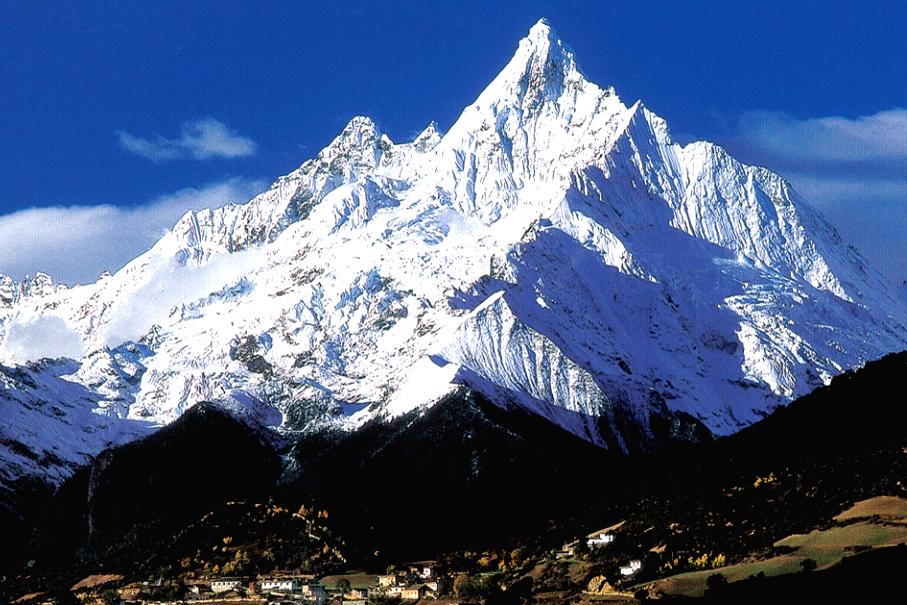
Huangguoshu Waterfall, Guizhou
The majestic Huangguoshu Waterfall, which literally means “yellow fruit tree”, is the highest waterfall in Asia and one of the six most beautiful waterfalls in China, is located on the Baishui River in the Bouyei Miao ethnic minority autonomous county in Guizhou. The Huangguoshu waterfall plunges a dramatic 77.8 meters across a 101-meter-wide span. Thanks to the 700 cubic metres of water that fall per second, the thundering roar of the crashing water can be heard from miles away while creating a perpetual spray-cloud of mist. If the sun shines at the right angle, travellers will be able to see a magical fluttering rainbow in the mist. Interestingly, the Huangguoshu Waterfall is one and only natural treasures of its kind in the world that can be viewed from above, below, front, behind, left and right. For eco travellers, visiting this waterfall by going behind it where one can experience the thrill of being so close, yet just beyond the reach of the roaring curtain of water.
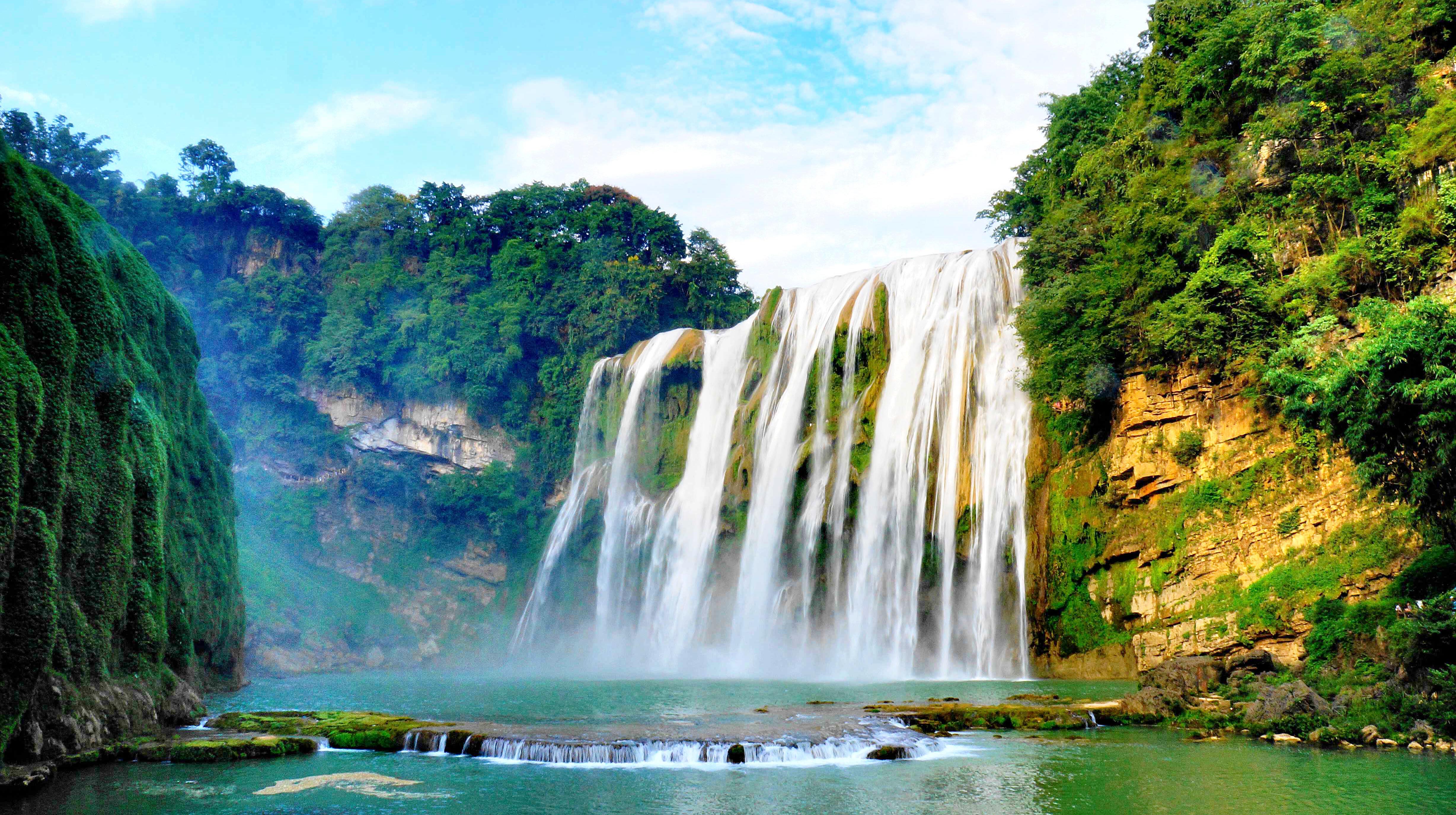
From 1 to 16 July 2019, get your hotel booking in Hong Kong, Macao and China with up to 20% discount! Apply the promo code ‘RAYASTAY’ at https://www.mayflower.com.my/hotel-deals to enjoy the offer! Remember to mark down the dates in your calendar and follow our Facebook page today for the latest deals!
*Terms and Conditions Apply.